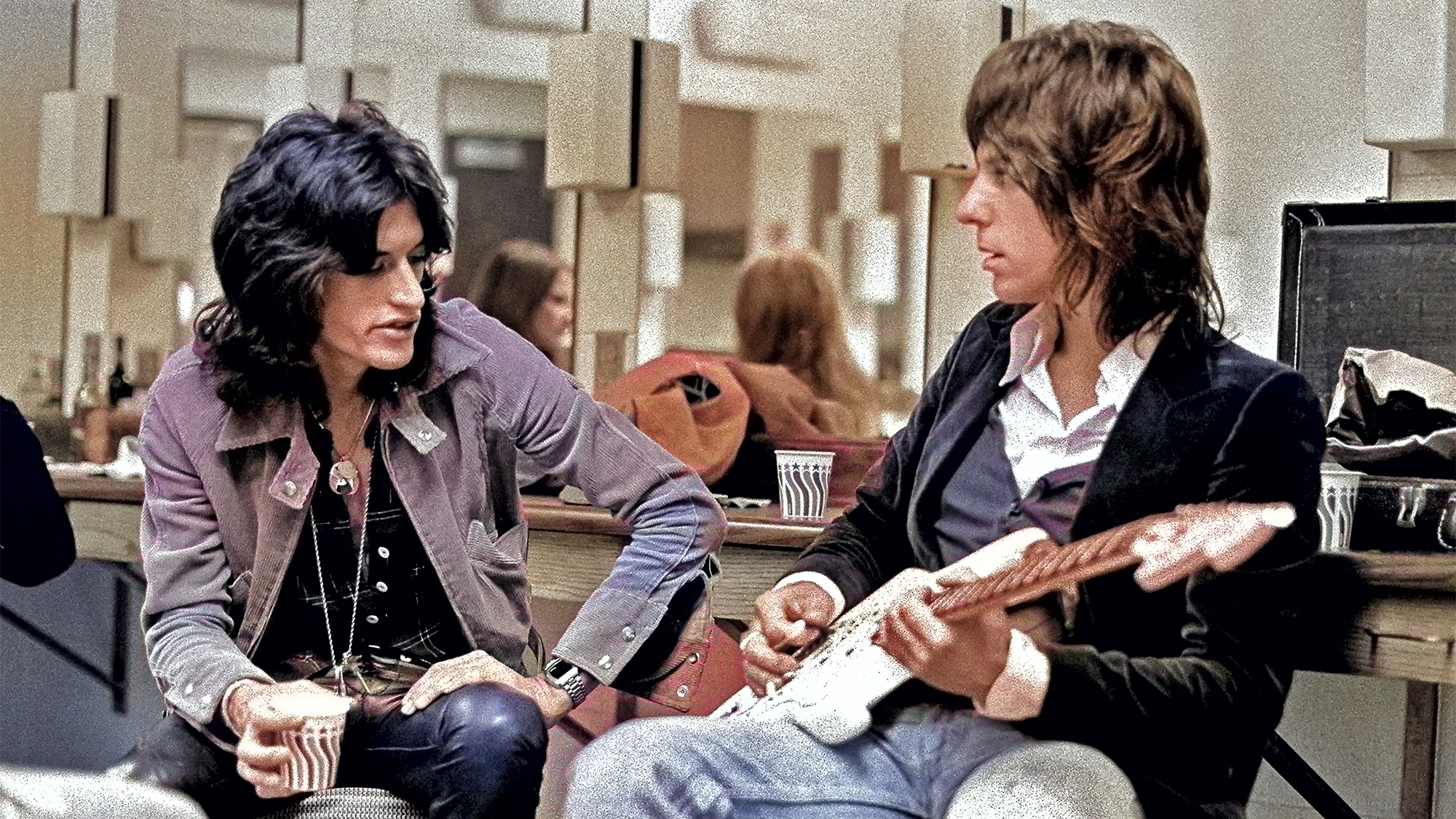“I thought it was Paul’s answer to ‘How Do You Sleep.’” Did John Lennon really think Paul McCartney was talking to him in this 1976 chart-topping hit?
Their breakup and reconciliation led both to wonder at times about hidden meanings in their lyrics

The Beatles’ breakup brought about a years-long hiatus in the friendship of John Lennon and Paul McCartney. With their hit-making songwriting partnership legally dissolved — each had been writing on his own for years, despite the Lennon-McCartney credit attached to their Beatles’ output — there was no longer any doubt about who was the main writer behind their songs.
As their simmering feud went on display in media interviews — similar to the ongoing animosity between Pink Floyd alumni David Gilmour and Roger Waters — it was only a matter of time before it played out in their solo songs.
McCartney delivered the first salvo with “Too Many People.” Co-written with his wife, Linda, for 1971’s Ram, the song was a veiled slap at Lennon and his wife, Yoko Ono, for their political and social activism.
“He’d been doing a lot of preaching, and it got up my nose a little bit,” McCartney told Playboy in 1984. “I wrote [in the song], ‘Too many people preaching practices.’ I felt John and Yoko were telling everyone what to do. And I felt we didn’t need to be told what to do.
“The whole tenor of the Beatles thing had been, like, to each his own. Freedom. Suddenly, it was ‘You should do this.’ It was just a bit of the wagging finger, and I was pissed off with it.”
Ram came out on May 17. Lennon clearly got the message. Almost immediately, he began composing his retort in the form of “How Do You Sleep?," from his 1971 album, Imagine. “Those freaks was right when they said you was dead,” he sang in one of its most famous verses, a not-at-all-veiled reference to the conspiracy theory that the real Paul McCartney had died in 1966 and was replaced by a lookalike.
The fact that the track featured George Harrison peeling off a blistering electric guitar solo — performed with a slide — was surely salt in the wound. Lennon had, after all, been vocal in the Beatles’ final months about how poorly they had treated Harrison, and had even pitched a proposal to give him a more equitable share of songwriting on future albums, to McCartney’s displeasure. The thought of his old mates teaming up against him on a recording caused him pain.
All the latest guitar news, interviews, lessons, reviews, deals and more, direct to your inbox!
“You see the atmosphere of 'Let’s get Paul. Let’s nail him in a song,’” he told British GQ in 2020. “And those things were pretty hurtful.”
Roughly three years on, however, both men were eager to put their feud behind them.
In 1974, while Lennon was separated from Ono and in the midst of his infamous Lost Weekend period, he and McCartney reunited in Los Angeles. Soon after, they were traipsing around together in New York City, where they spent a late night with David Bowie.
But McCartney apparently couldn’t resist one last — albeit much softer — dig at his old friend.
For years, critics had been complaining about his soppy love songs, which grew in frequency once he became a family man and formed Wings with Linda. Lennon had been leading the chorus against McCartney’s lighter fare for years. He infamously derided Macca’s old-timey music hall–inspired fare — “When I’m Sixty-Four,” “Your Mother Should Know” and “Maxwell’s Silver Hammer” and the like — which he reportedly referred to as “Paul’s Granny tunes.”
As McCartney revealed in his 2023 book, The Lyrics, Lennon had given him some guff about his “silly love songs” as well.
“There were accusations in the mid-1970s, including one from John, that I was just writing ‘silly love songs,’” McCartney wrote. “I suppose the idea was that I should be a bit tougher, a bit more worldly.”
He intended to compose a song rebutting that claim, until he thought it made more sense to plant his flag on that ground.
“I suddenly realized, that’s exactly what love is. It’s worldly. ‘Some people want to fill the world/With silly love songs.’ I’d been given that reputation, and I had to stand up for it.”
Released in 1976, “Silly Love Songs” was a poppy, disco-tinged retort to his critics that simply asked what was wrong with writing songs about love. The world apparently agreed with him and promptly sent it to the number one spot on the U.S. charts, making it McCartney’s 27th trip there in his career.
Did Lennon understand that McCartney was talking to him with the song? That’s up for debate.
Back in 2010, a member of the Steve Hoffman forum said Lennon’s friend, the New York City photographer Bob Gruen, told him John thought the song’s refrain, “I love you,” was a message to him: “John took the song quite personally,” the writer claims, “and saw it as Paul sending a message to him.”
The message has been repeated many times online. It’s a nice thought, but is it accurate?
Reached for comment, Gruen told Guitar Player he couldn’t remember Lennon making that remark.
“I do remember that I said that I thought it was Paul’s answer to John’s ‘How Do You Sleep,’” he says, “and that the ‘I love you’ was directed to John, but I don’t remember John saying it.”
By then, of course, it hardly mattered. The two friends had long ago made up. McCartney was a frequent visitor to Lennon and Ono’s home in the Dakotas, and they had even flirted about making an impromptu visit to Saturday Night Live that never materialized.
They would meet at least one more time, according to Lennon’s friend Elliot Mintz, in 1978. By then, the days of talking to each other through their songs seems to have been long passed.
A freelance writer with a penchant for music that gets weird, Phil is a regular contributor to Prog, Guitar World, and Total Guitar magazines and is especially keen on shining a light on unknown artists. Outside of the journalism realm, you can find him writing angular riffs in progressive metal band, Prognosis, in which he slings an 8-string Strandberg Boden Original, churning that low string through a variety of tunings. He's also a published author and is currently penning his debut novel which chucks fantasy, mythology and humanity into a great big melting pot.



